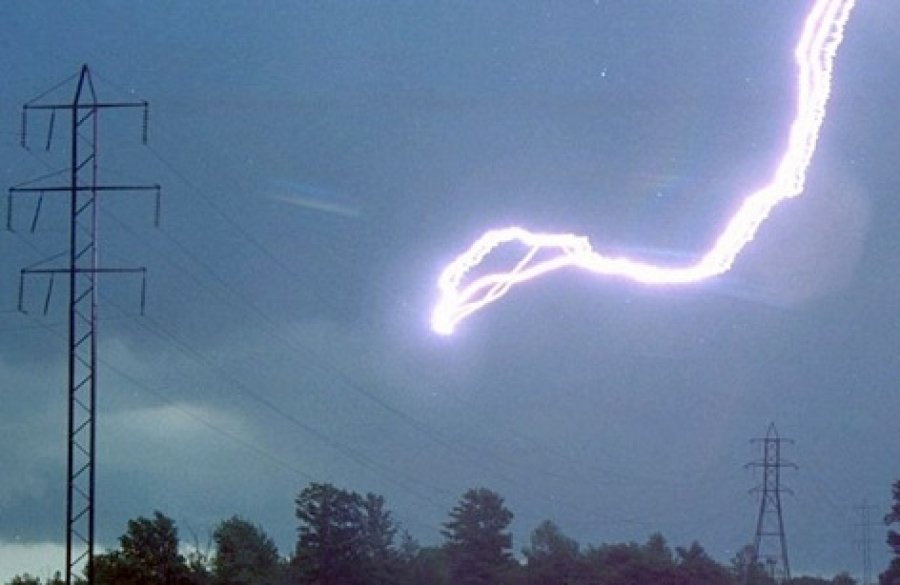Specialists from the Cuban Climate Monitoring Center warned of the existence of a gradual increase in storms electricity and, therefore, from lightning, towards areas of the interior of the Island during the August-October period, according to official media reports.
Discharges of this type occur with great frequency during the afternoon and early hours of the night, associated with daytime heating, the institution said in an update of its climate outlook for the next three months, reviewed by Cuban News Agency (ACN).
In its approach, the entity contemplated the two rainiest months of the year, September and October, in correspondence with the current cyclonic season from June to November in the geographic area of the tropical Atlantic Ocean, including the Gulf of Mexico and the sea Caribbeanadd the information.
According to the Climate Center of the Institute of Meteorology (INSMET), the August-October stage in the nation is characterized by its rainfall that depend on the influence of the migratory systems of the tropical zone.
This is due to waves, tropical lows, their interaction with mid-latitude systems and the formation of tropical cyclones, whose current season is considered active by INSMET, the text refers.
According to the estimates, the rainfall values in such phase should be 552.8 millimeters in the west, 524.2 in the center and 442.2 in the east; while the temperature in those regions would be 31.3-32.4, 31.4-32.1, and 32.0-32.5, respectively.
Specialists from the Institute of Geophysics and Astronomy emphasized that lightning is a natural phenomenon caused by the agglomeration of charges of various signs in the same cloud, between one and another —the most dangerous due to its damage—, and between one of them and the other. Earth’s surface.
They appear when the ascending and descending movement of the air contained in a cloud of the cumulus nimbus type, of great vertical development, internally formed by a column of warm and humid air that rises in the form of a rotating spiral, they explained.
For those reasons, they form positive and negative electrical discharges in excess, and their lightning can destroy a radius of 20 meters, from their power and ground peculiarities.
In their trajectory, they carry electric current that can reach, on average, values greater than 300,000 amps for millionths of a second, concluded specialists from the Institute of Geophysics and Astronomy of the Ministry of Science, Technology and Environment (Citma)cited by the ACN.
According to what was officially reported, it was a lightning strike that triggered on August 5 the large fire at supertanker baselocated in the industrial zone of the city of Matanzas, which ended up affecting four fuel tanks that were completely destroyed.
The incident, which has already been controlled, has so far left a balance of two dead, 14 missing and more than a hundred injured, in addition to considerable material damage.






